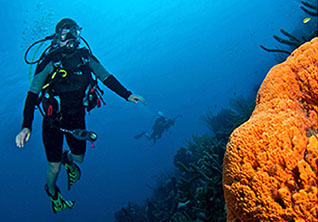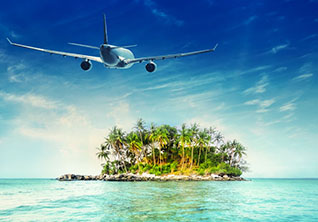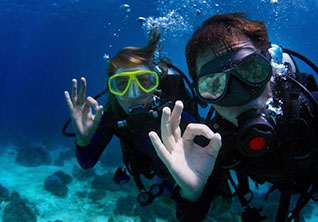Thailand’s Amazing Andaman Sea
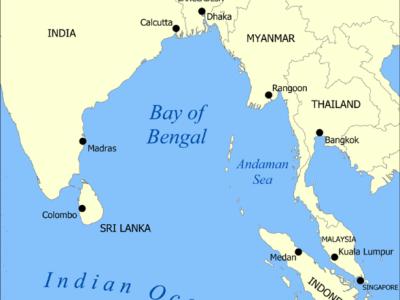
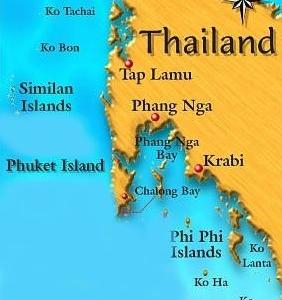
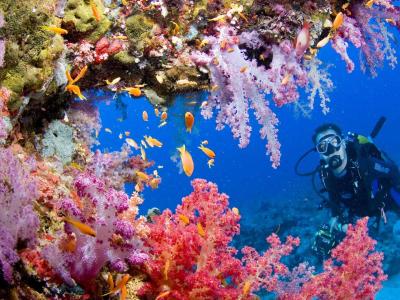
You probably already have a good idea what Thailand is like. You may not know it, but over eighty films have been shot in Thailand, so if you’ve seen The Man with the Golden Gun, a James Bond film, you’ve seen parts of Bangkok. In The Beach, starring Leonardo DiCaprio you see Maya Beach and parts of Phuket. In Star Wars: Episode III, the Krabi Province turns into the Wookiee home world. The scenic background list goes on for Blackbeard, Cutthroat Island, Heaven and Earth, The King and I, and The Bridge over the River Kwai, to name a few. To add to what you’ve already discovered visually about Thailand, we would also like to mention a few local reference points of interest of our own before we mention where and what to see while diving the waters of this ancient and exotic country.
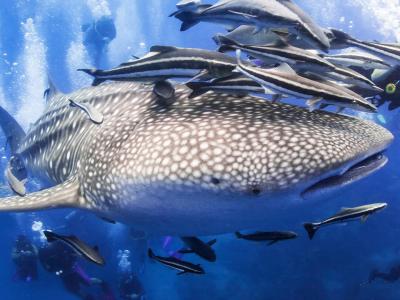
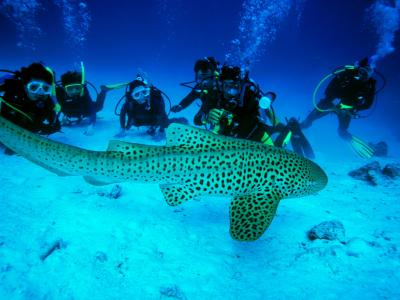
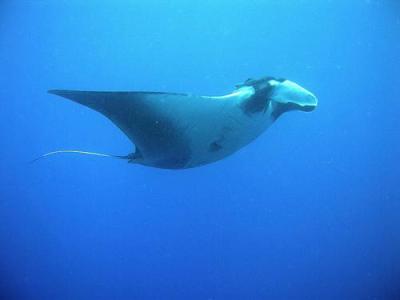
Thailand is a land of natural beauty mixed with captivating ancient ruins and artfully decorated temples. It’s a land of some of the friendliest people that you will ever meet. People have inhabited this area of the world for over forty thousand years with a considerable amount of early on influence from India. The Kingdom was named Siam until it was changed in 1939 to Thailand. The main language is Thai which is closely related to Lao, and the government also recognizes 62 other regional languages. They use an official Buddhist Era calendar that is ahead of the western Gregorian calendar by 543 years, so the year 2017 AD is 2560 BE. Thailand is also the land of five thousand types of rice and almost just as many types of sauces that seem to accompany each unique entrées or particular set of appetizers. There are also many mesmerizing sights to see in the city of Bangkok that you may be forced by curiosity to spend a few days in the city before taking another flight, bus, or train, out to one of the coastal towns where your real dive adventure awaits, but because there are so many islands, and so many dive sites to choose from, we thought that we would break it all down from north to south in order to help you figure out where you might want to go diving first.
We’ll start off with the Similan Islands which are about 65km (40 miles) off shore of Khao Lak and 100km (62 miles) north of Phuket, so they are easily assessable from both directions. These nine granite islands have over 25 dive sites and the west side has easy diving for new divers, plus you’ll find swim throughs, tunnels, boulders, and arches. You’ll encounter leopard sharks, turtles, and a plethora of fish. Donald Duck Bay is a great spot for macro diving and night dives. East of Eden has peacock groupers, Elephant Head Rock is where olive Ridley’s and Hawksbill turtles and the rare McCosker’s dwarf wrasse hang out. Green turtles are at North Point, and keep your eyes open for Orangespine unicorn fish at Hideaway. Stonehenge is great for soft corals and clownfish. White tip sharks, Napoleon wrasse, ribbon eels, and occasionally mantas, can be spotted at Christmas Point. Don’t let all these exotic Thai sounding dive site names distract you, if there is a certain fish or site you want to see, just ask your local dive master for more information.
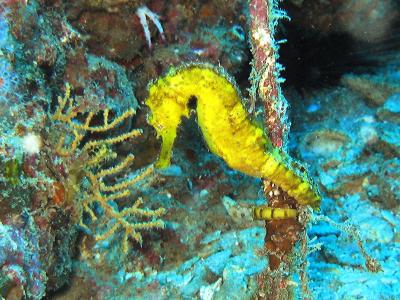
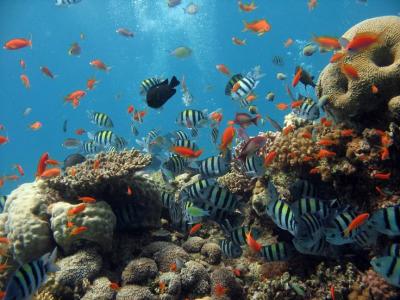
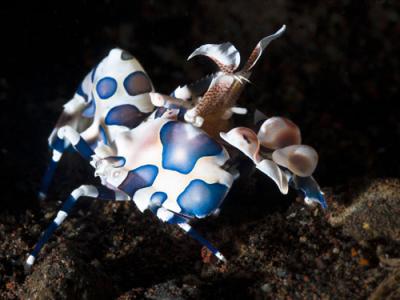
Moving up North you will need a more than a four-day charter operator to visit many of the more northern dive destinations, especially if you are starting out of Phuket. Shorter trips can be arranged out of Khao Lak. Koh Bon is another hour north of the Similan Islands and is known for wall, pinnacle, and night diving. Octopus and small invertebrates like the small cove, meanwhile mantas like to hang out for the plankton and underwater cameras. Nearby Koh Tachai has strong currents, swim throughs through the boulders, and is known as one of the sites to see whale sharks, nurse sharks, and leopard sharks. 68km (42 miles) north of the Similan islands we come to the remote and less visited Surin Islands. This area has the greatest hard coral diversity in Thailand. There are lots of schooling bumphead wrasse and Spanish mackerel passing by in this national marine park. Gray sharks, eagle rays, and shovel nose rays are also spotted here as well as ribbon eels, pipefish, Andaman sweetlips, rabbitfish, and cowrie shells. The forest of Surin Island is home to crab eating macaques, flying foxes, flying lemurs, deer, hornbills, seahawks, and kingfishers; so, the view can be both spectacular simultaneously above and below water. We should mention that 15km (9 miles) east of here is where Jacque Cousteau filmed the mantas and whale sharks that made Richelieu Rock world famous. Lastly, some operators go all the way up to Burma Banks and the Mergui Archipelago. Technically, up here, you are diving off of Myanmar’s reefs, which are seldom if ever visited by throngs of other divers. The Burma Banks rise 15m (49ft) near the surface then dip down some 300 meters. You can drift dive with mantas, white tips, silver tips, and whale sharks, or hang out with nurse sharks, frogfish, crab, shrimp, and lobsters. Before we leave the north end, we should mention that if you like wrecks, the tin processor Bunsoong and the teak Sea Chart 1 wreck are near Khao Lak, and the Premchai tin dredger wreck is just a short distance south.
For central dive sites that are in easy reach of Phuket, Krabi, Khao Lok, or Ao Nang Beach, one of the most popular diving areas is the Phi Phi Islands, which are part of the Mu koh Phi Phi National Marine Park. There are over 15 dive sites around the two islands. Loh Samah Bay on the southern island of Phi Phi Lay is a popular spot to train new divers and do a night dive. Wall Maya is right outside of the famous Maya Bay where snorkeling and hanging out on the beach are a must do activity. The 47m (154ft) long HTMS Kledkeao Thai Navy transport ship was sunk between Phi Phi Lay Bay and Viking Bay in 2014. Hin Dot “Chimney Rock” is on the south side of Phi Phi Don. There are lots of caves and caverns to explore on both islands as well. An all-day excursion that typically includes three dives in one day is a trip over to the 85m (279ft) long King Cruiser; a Japanese car ferry, followed by a dive over at nearby Shark Point (Guess what you might see here) and then on to Anenome Reef, where Nemo and at least four other species of Clown fish like to hang out. Racha Yai and Racha Noi are just south of Phuket. After the tsunami in 2004 they placed two elephant statues, a clam, and an arch underwater in Siam Bay off Racha Yai island. The south side of Racha Noi is known for large pelagics, mantas, and occasional whale sharks. South of the Phi Phi islands are the two split rocks of Koh Bida Noi and Koh Bida Nok with boulders, swim throughs, caverns and overhangs. Garang Heng is a submerged reef east of Phi Phi Lay and bursting with soft corals, fish, and leopard sharks. Over by Ao Nang Beach are seven other islands frequented by divers, the most popular being Koh Yawabon for its’ long swim through, and G.K. Island for its’ sea horses. There are other submerged reefs and pinnacles to visit over here. There are also untold beaches, shore, and pier dives to do in the central area of the Andaman Sea.
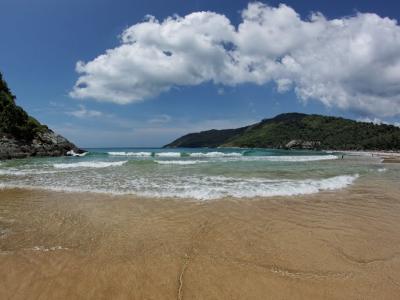
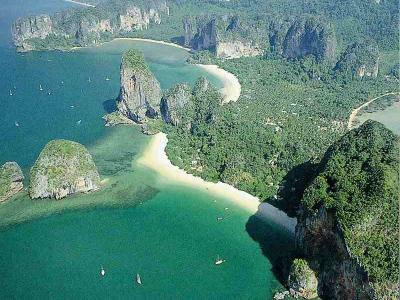
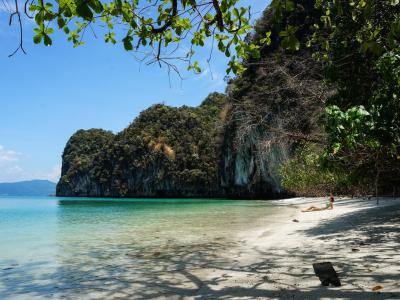
Moving on to the southern Andaman Sea you can choose dive operations from Phuket, Krabi, Koh Lanta, and Satun to name a few places. Koh Ha is an island group of five rocks that barely break the surface, but below are home to swim throughs, caverns, drop offs, chimneys, pinnacles, and caves off of Koh Ha Yai where you can come up inside an air pocket to gaze at stalactites. Koh Rok is comprised of two islands with white sand beaches, steep cliffs, and soft corals galore. Moving on to the Mu Koh Lanta National Marine Park we find two islands. Hin Mueng is called the “Purple Rock” because of the predominant color of soft corals and is home to the areas 60m (196ft) long vertical wall dive. Hin Daeng “red rock” is known as one of the top three spots for sighting whale sharks. South of here we come to the Tarutao Marine Park with more than 30 islands to choose from. Koh Lipe has some local dive sites, as well as being one of the starting points for excursions out to 8 Mile Rock to see pelagics, diving sites such as Stone Henge, 6 Mile Rock, and 7 Rocks, or perhaps local dive spots of the big islands of Koh Adang and Koh Rawi ; these dive sites are actually in the Adang Archipelago and the Satun Sea. There are a few more southern islands to dive, but you would be diving in Malaysia if you went any further south, as well as on your way through the Malacca Strait separating Malaysia from Indonesia.
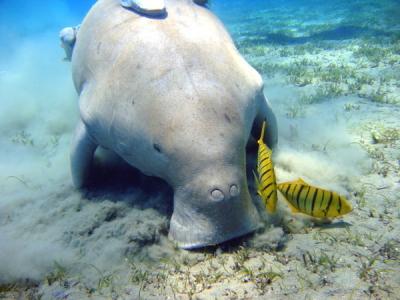
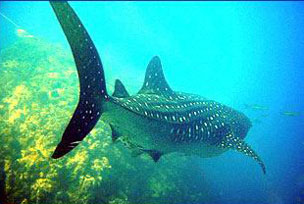
As you can see, diving all the sites in Thailand’s Andaman Sea in one trip would be like visiting all 50 United States in one week long trip. Dive liveaboards are the best way to experience the best dive sites that Thailand has to offer. You can separate the excursions out by starting your dives from a northern point and then planning to visit the southern sites from a southern starting point. You can do a couple of longer multiple day charters from Phuket with at least one charter going north and a separate charter going south to give you some of the highlights of the most popular dive sites. But you will still have to return again and again, especially once you have met the Thai people and become enchanted by their culture, lifestyle, and friendliness; plus witnessed firsthand the exquisite and unique natural bounty of local ocean life, and have become captivated by the spectacular natural beauty of the temples, islands, rocks, pinnacles, reefs, and isolated beaches.
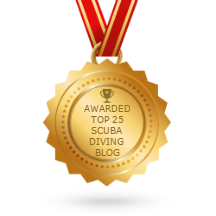
Recent Posts
- Eastern Malaysia, Sabah, Sipadan & More
- Ghost Pipefish, Pipefish, Seahorses, and Sea Dragons
- Australia Queensland and the Great Barrier Reef
- Tioman Islands, Malaysia
- The Riviera Maya
- The Peter Diving System
- The Bay Islands, Roatan, Utila, Guanaja, and more.
- The Cuttlefish; The Undisputed Master of Camouflage.
- The Maldives: A Garland of Islands in the Indian Ocean
- Frogfish, The Overlooked Camouflage Artist
Categories
- Australia
- Bahamas
- Bay Islands
- Belize
- Blue Hole
- Bonaire Diving
- Borneo
- Cayman Brac
- Cayman Islands
- Cozumel
- Curacao
- Cuttlefish
- Dive Destinations
- Dive Equipment
- Dive Liveaboards
- Dive Resorts / Properties
- Dive Travel
- Dive Travel Deals
- Diver Wellness
- Dolphins
- Dominica
- eagle rays
- Eagle Rays
- Family Travel
- Fiji
- Galapagos Islands
- Great White Shark cage diving
- Guanaja
- Honduras
- Indonesia
- Infographics
- Isla Mujeres
- Learning to Dive
- Little Cayman
- Maduro Dive Newsletter
- Malaysia
- Maldives
- Manta Rays
- Marine Life
- Mexico
- Micronesia
- Muck Diving
- Myamar
- Palau
- Papua New Guinea
- Pelagics
- Philippines
- Pinnacles
- Polynesia
- Reefs
- Riviera Maya
- Roatan
- Saba
- Sabah
- Scuba Diving
- Scuba Gear Reviews
- Scuba News/Events
- Scuba Training & Education
- Sea Legends
- sea lions
- Sea of Cortez
- Sharks
- Single Travel
- Sipadan
- Socorro Islands
- South Africa
- Specialties
- ST. Kitts
- Stingrays
- Tahiti
- Thailand
- The Bucket List
- Tobago
- Truk Lagoon (Chuuk)
- Turks and Caicos Islands
- Turtles
- Uncategorized
- Underwater Photography
- Underwater Video
- Utila
- Walls
- Whale Sharks
- Whales
- Wreck Diving
- Wrecks
- Yap
Archives
- January 2024
- April 2023
- March 2020
- March 2019
- January 2019
- November 2018
- September 2018
- July 2018
- May 2018
- March 2018
- January 2018
- October 2017
- September 2017
- June 2017
- April 2017
- February 2017
- January 2017
- October 2016
- August 2016
- July 2016
- May 2016
- March 2016
- February 2016
- January 2016
- December 2015
- August 2015
- June 2015
- April 2015
- January 2015
- November 2014
- July 2014
- April 2014
- February 2014
- December 2013
- November 2013
- October 2013
- September 2013
- August 2013
- July 2013
- June 2013
- May 2013
- April 2013
- March 2013
- February 2013
- January 2013
- December 2012
- November 2012
- October 2012
- September 2012
- August 2012
- July 2012
- June 2012
- May 2012
- April 2012


